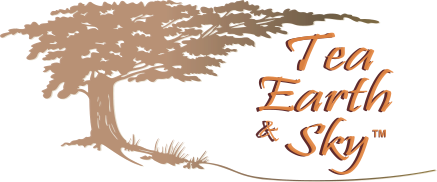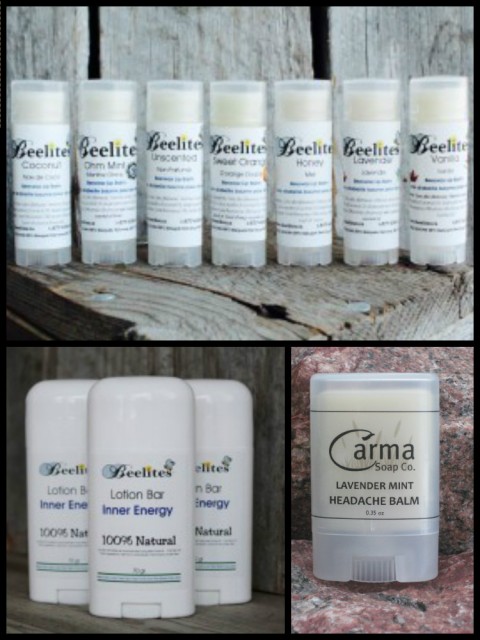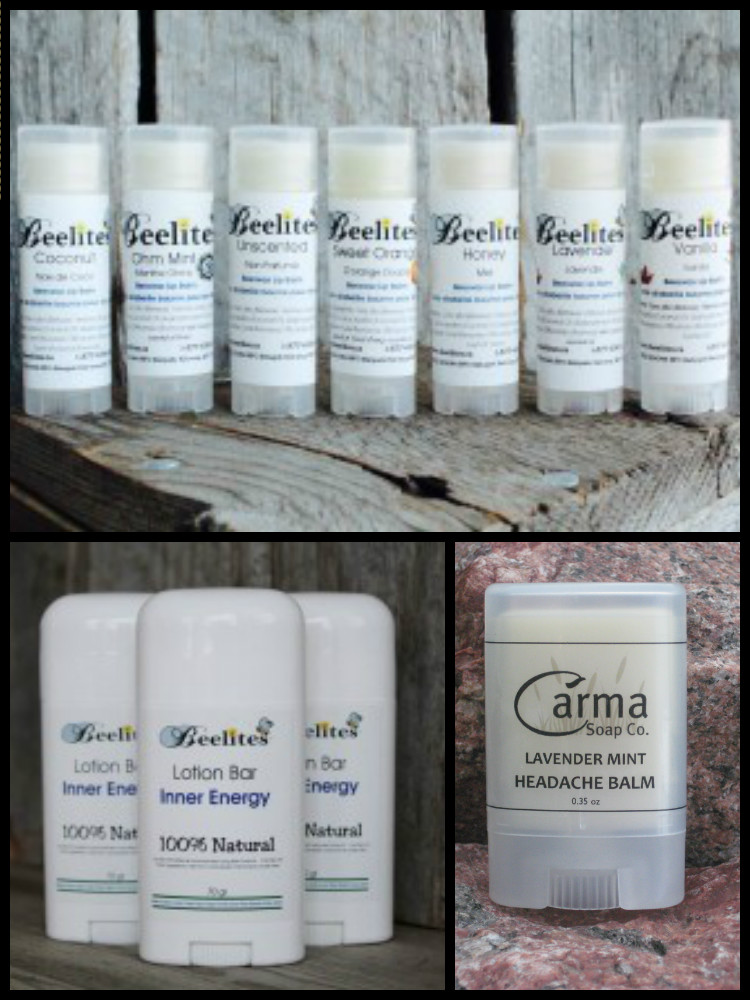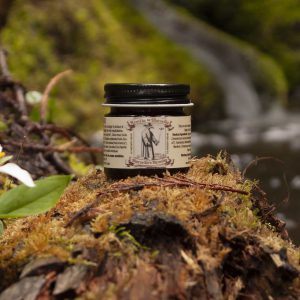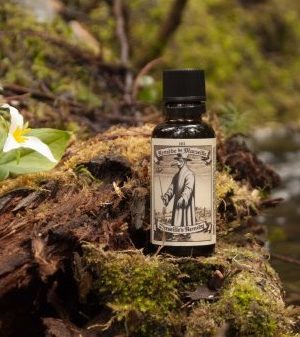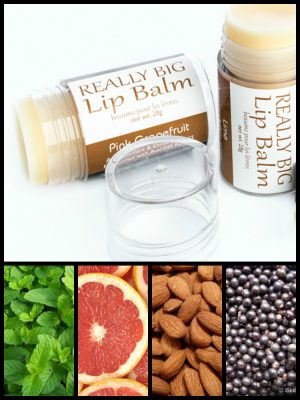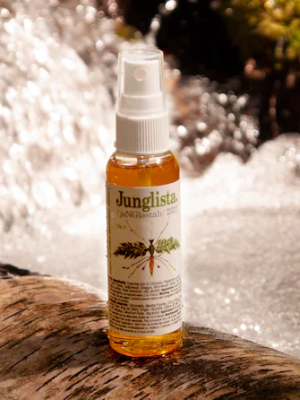Natural Balms and Lotions
Many of our natural balms and creams are made out of beeswax. Beeswax is one of the many wonders of our world, its diversity is far reaching. Beeswax is collected by young worker bees into six-sided honeycomb cells. The beeswax provides tiny storage units for honey until the beekeeper extracts the golden liquid. After harvest, the beekeeper melts and purifies the beeswax, which is an excellent addition for lotions, soaps and other skin care products in addition to the pure beeswax candles of course.
Acting as a surfactant, beeswax, when blended into cold creams and other skin lotions, forms a protective barrier on the surface of the skin.It is believed this barrier provides a film of protection against irritants while still allowing the skin to breathe.
This barrier may also aid in protecting the tender skin on your lips. The Mayo Clinic recommends using a lip balm that contains beeswax during cold weather to reduce your chances of developing chapped lips.
Dry, rough skin benefits from creams and soap that contain beeswax. Beeswax as an ingredient in soap and creams acts as an emollient and a humectant, drawing moisture to the skin and essentially sealing it in. Beeswax also contains vitamin A, which may be beneficial in softening and rehydrating dry skin and in cell reconstruction
Beeswax may have mild antibacterial properties, according to a 2005 study conducted at Dubai Specialized Medical Center in the United Arab Emirates. Researchers combined honey, olive oil and beeswax, then applied the mixture to laboratory plates on which the bacteria, Staphylococcus aureus, and the fungus, Candida albicans were growing. The honey/beeswax mixture inhibited the growth of the bacteria and fungus, making beeswax, along with honey, potentially beneficial in the treatment of diaper rash and other bacterial skin conditions.
